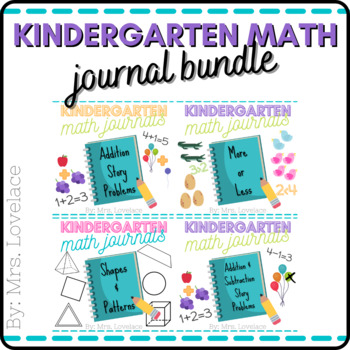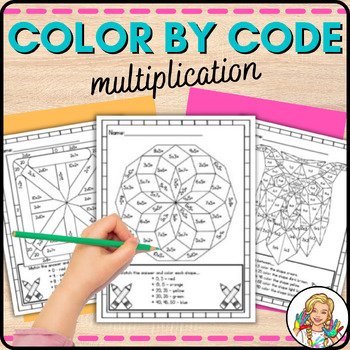Being good at math doesn’t make you a virtuoso pianist overnight. Likewise, having maestro-esque skills in music does not automatically make you a mathematical genius. Beethoven, arguably one of THE best composers in musical history, was pretty abysmal at math (but listening to the genius that is the 5th Symphony at full volume, no one is judging him for that tiny fact!).
That being said, there are many links between music and math that are pretty interesting. This is not new; Einstein, when stuck on math problems, would play music to help him work through the equations. There have also been numerous studies recently which examine the correlation between the two subjects. Let’s have a look at just a few (because looking at them all would take longer than listening to the full version of American Pie).
The Universality
Let’s get the romantic link out of the way first. Both music and math are impressively universal. An equation and the answer is the same in France as it is in Australia as it is in Turkey, even if the numerals are different. Similarly, a piece of music can be listened to, studied and performed all over the world from the same manuscript or recording.
Patterns
Both mathematics (the actual study of patterns) and music involve patterns and sequencing in various ways.
Let’s look first at a math example. Below is a section from one of the sheets from my Spring Math Handouts, which you can view in full here, or download a copy of my Easter Math Handout freebie here.
In these
problems, students are asked to use their understanding of patterns and sequencing
to identify what image would go next.
Now, take a look at the following piece of music (The main theme from Haydn’s Surprise Symphony) that I have arranged for Boomwhackers.
You can view and purchase the sheet music here.
As you can see, I’ve blanked out a small section of the music. Using similar cognitive skills in the math handout (identifying previous patterns, predicting what will come next), even those who have not heard this piece might be able to fill in the blanks. Oh, and by the way, if you haven’t heard this piece, I do recommend it. Haydn was a bit of a composing prankster, and this piece has a quirky backstory.
Fractions
Music is all. About. Fractions. You only have to look at the (American) names of the notes. Quarter notes, half notes, eighth notes etc. And because each bar has a finite number of beats (determined by a time signature), it is important to know how to add fractions when playing, composing and viewing.
Convincing my students to do math in a music lesson? Surprisingly easy with Rhythm Math sheets, one of which is shown below. This resource is a page from my Music Theory Handout Pack, which has quite a bit of... math... in it! Go figure!
The sheet below is a preparatory exercise for learning time signatures and composition. If students know the values of each note, it is much easier for them to create music in a 4/4 time (which has 4 quarter beats in a bar) or 6/8 time (which has 6 eighth beats in a bar).
Counting
There are definitely obvious mathematical concepts in music, but is there a place for music in math? You only have to look at a playgroup, daycare or early childhood classroom setting to see the key role that music can play. Most of us learnt to count through song, whether it be with The Ants Go Marching, This Old Man or Ten in the Bed. Learning through music strengthens memories of concepts, in an engaging way. Now if we can only make a nursery rhyme that helps us remember algebra!








